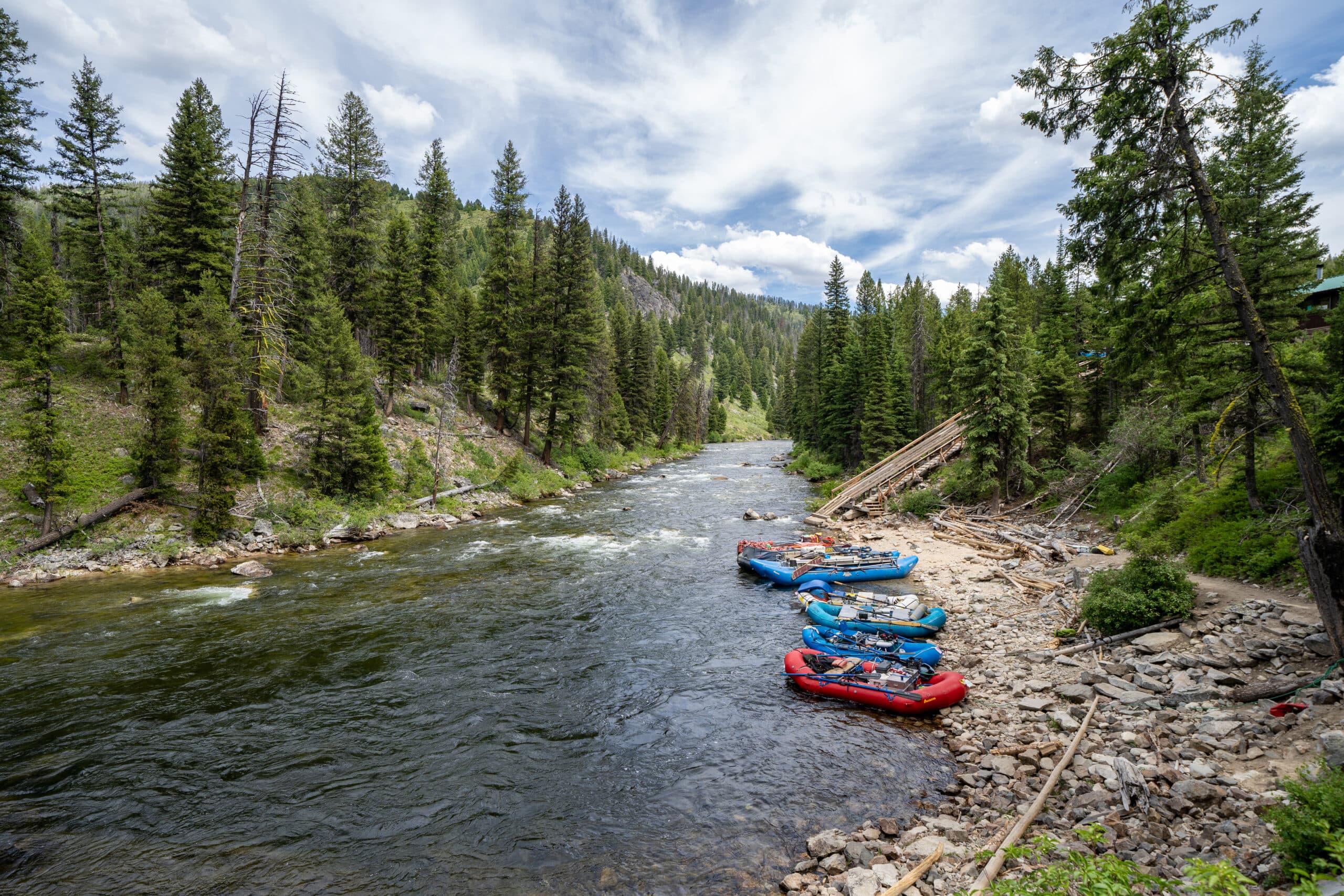Rhapsody in Raspberry

It begins with an innate desire to dip into the deliciousness that awaits outdoors. For as a nature-lover knows, even an oft-traveled trail might hide new treats just around the next bend.
And a good ol’ fashioned berry hunt is a potentially rewarding reason to investigate.
Strawberry or chokecherry; hawthorn, thimble, huckle, or service; every berry revels in its own special space. The berry- seeker’s talent, therefore, lies in knowing where to seek and when to pinch.
According to Betsy Hawkins, a veteran forager of Teton Valley, it’s all about getting to know your own backyard.
“I’ve been in the valley almost ten years,” Betsy says, “but my foraging journey began when I bought property very near Darby Canyon. I decided to get to know my ‘backyard’ more intimately by taking frequent hikes in the national forest nearby. To my surprise, once I got to know the trails by heart, all the other details started to come to life.
“I began to notice wild strawberry plants long before they fruited and tiny green huckleberries just biding their time to ripen. It inspired me to take more notes and be even more observant on future outings, both near home and farther away.”
Some of the pickings ripen all summer long, while others are pinchable only within a fickle window of readiness. The intel on both is gleaned best by lacing up the boots and getting after it. Maybe this is why certain details are just “understood” when conversation within foraging circles drifts into the turf of wild berry harvests.
Yes, “foraging circles” are a thing. “I’m sure there are many who forage in the valley,” Betsy says, “but I don’t happen to be part of a ‘foraging circle’ or the like. I think folks who forage tend to keep their chosen spots as secret as possible.” While a berry patch may be a wink-wink secret, the wholesome delight of its bounty is definitely enjoyed by a wider ring. The farmers market scene is proof of that.
Amongst the jams, pies, muffins, and juices, a berry cache cultivates imagination and tradition to be passed among dearest company. The crew that harvests together stays together—in fruit-stained clothes.
RASPBERRY is a rebel’s favorite; it’s a lynchpin in recipes that mountain grannies have perfected to iconic status. But golly, this berry’s micro-fine hairs are a pain to clean.
In the Tetons, a selection of forest sweets just wouldn’t be complete without old Mr. HUCKLEBERRY. He’s the quintes- sential berry of the region. One is hard pressed to saunter down a street in late summer without happening upon a vendor of this scrumptious berry. Well- suited for anything from ice cream, jam, and chocolate to scented candles and hand soap, the huckleberry stands alone.
The HAWTHORN is right in there, too, but be aware that bears have a keen tooth for this particular berry. And the only bummer bigger than a slim harvest is trespassing into Grandaddy Grizzly’s private stash. Here, pay heed to a pertinent lesson of nature: share and share alike. Or not, if said bear is around.
Then there’s the STRAWBERRY, surely in contention for the Forager’s Choice Award. The plant produces its fruit from late spring through summer. Once straw- berries make their seasonal entrance, there’s little trouble in sniffing out enough to produce a lip-smacking treat.
Meanwhile, CHOKECHERRY (not to be confused with its tart cousin, Bitter Cherry) lives contentedly in cool canyon basins where it ripens over late summer into early autumn. From the earliest indigenous people to today’s homesteader, we’ve known the tiny chokecherry to be big on taste—especially when reduced as syrup.
Then there’s the THIMBLEBERRY, many a forager’s favorite … including Betsy Hawkins’.
“I’m personally a big fan of wild strawberries and huckleberries,” she says, “but my most favorite is the thimbleberry. It seems often overlooked or misunderstood. I would argue that a handful straight from the source is better than most any cultivated berry I’ve ever had!”
Foraging is about more than finding a snack. The offerings spring from the season, while the undertaking itself requires that we slow down and focus on the small things. This can be a challenge in an outdoor environment often geared toward the fast pace of athletics. But out there, what’s yielded in the end is well worth the effort required to achieve it.
“I love so much about foraging,” Betsy says. “Not only does it produce the most tasty fresh treats possible, it also allows me to gather items for herbal tinctures and teas in the winter (rosehips, mullein, and more) to keep me and my family healthy. I always find time to give gratitude for all the Earth has to offer us, the changing seasons, and the opportunity and ability to walk, crouch, and bend, in order to observe and gather.”
Foraging for berries is a testament to the old adage: The juice really is worth the squeeze.




SERVICEBERRIES, also known as juneberries, are slightly larger than blueberries. Look for their white blooms in spring and pick when the fruit is dark blueish-purple.
Thimbleberry Jam
For a surprise homemade treat that hails from proverbial ‘left field,’ there’s thimbleberry jam, Mother Nature’s subtle means of reminding us that goodness does grow on shrubs.
Carefully mash two or three cups of fresh thimbleberries, then squeeze in a heaping tablespoon of lemon juice and sugar to your liking. (About a cup of sugar is the suggested amount.) Warm by saucepan over medium heat, bringing to a light boil while stirring often. Cook until desired consistency, about 15 minutes.
Then, enjoy! The possibilities are endless, so get kooky with a slather on toast with chopped herbs, a drizzle of maple syrup, or even charred nuts. With thimbleberry jam, it’s dealer’s choice.





